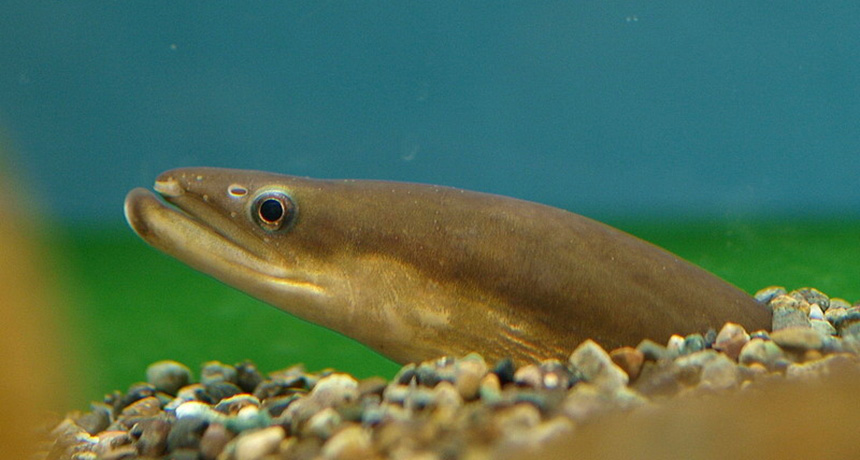Low levels of radiation from Fukushima persist in seafood

Researchers have found that large freshwater species like wild Japanese eel may carry higher levels of lingering radioactive cesium from the Fukushima nuclear disaster. Most freshwater fish eaten in Japan come from cultures, not wild catches, but the findings have implications for recreational fishing.
opencage/Wikimedia Commons (CC BY-SA 2.5)







